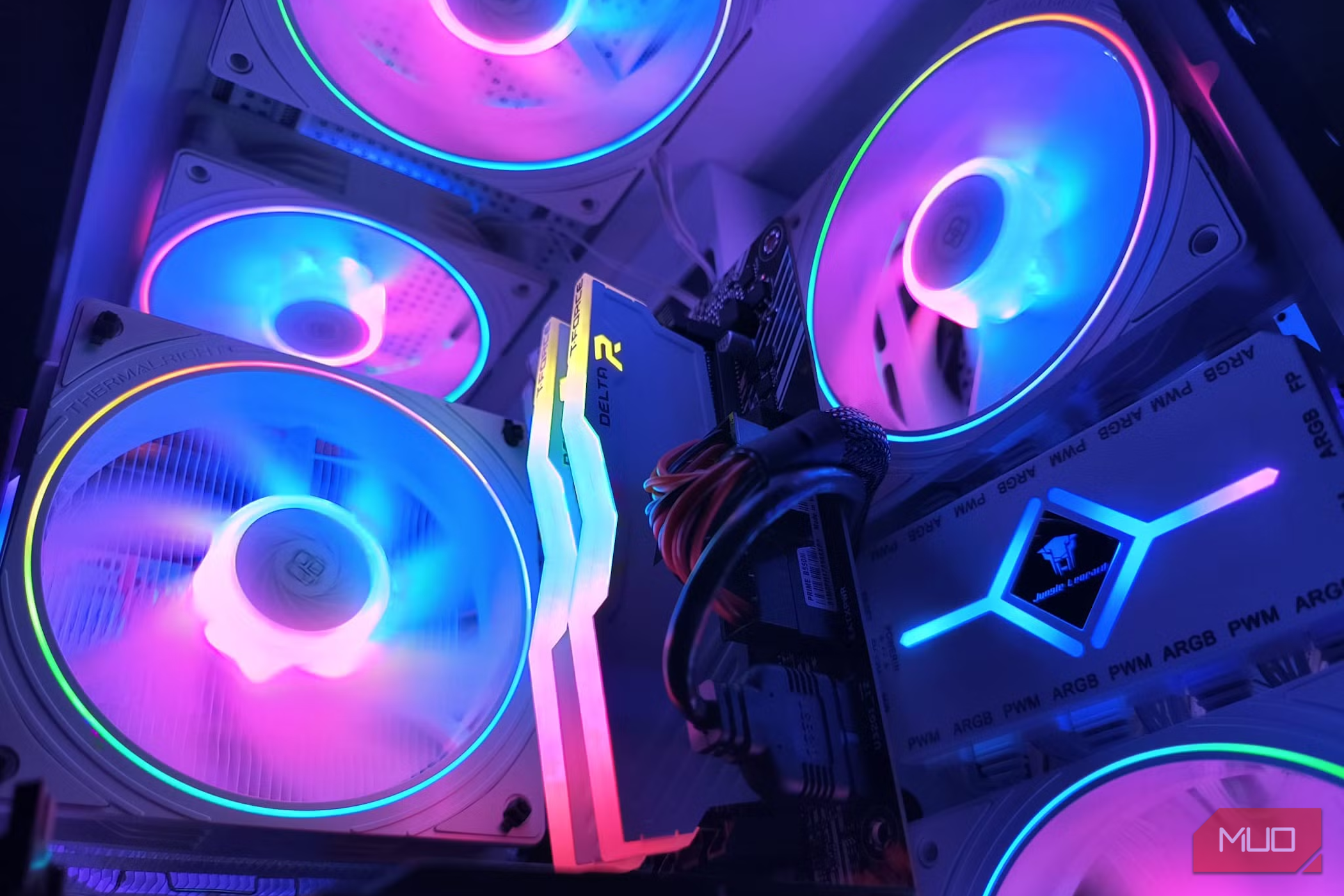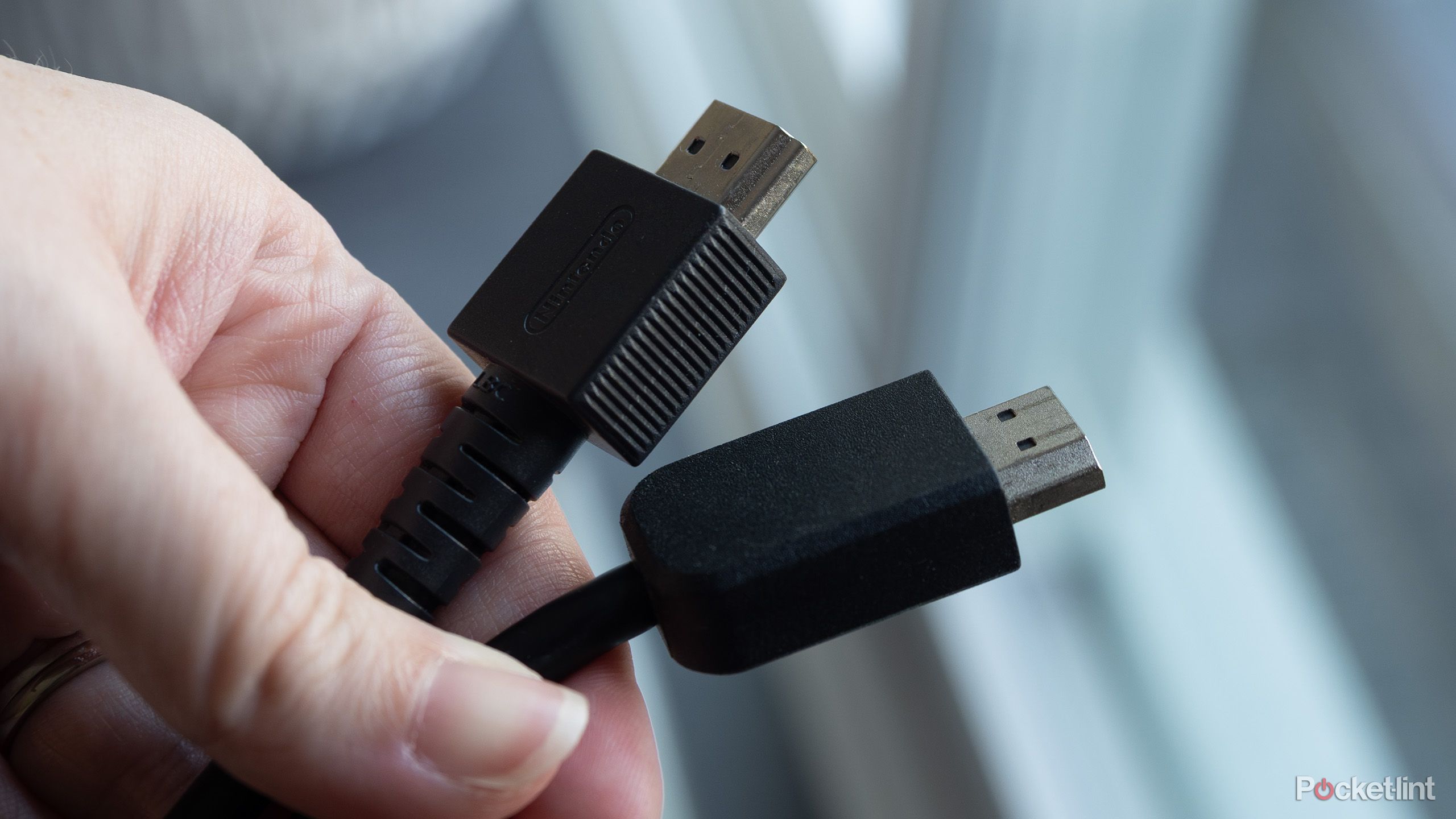Your computer is a collection of moving and electrical parts, many of which naturally make some level of sound. The problem comes when the noise changes to become louder, sharper, or completely different from the usual. Ignore them for too long, and you might find yourself facing corrupted files, dead components, or even a fried PC.
6
Clicking or ticking sounds
The first time I heard a faint ticking coming from my desktop, I assumed it was one of the cooling fans and thought nothing of it. Weeks later, the ticking got louder. And then, one morning, the computer froze, restarted itself, and refused to boot. My hard drive had died, and it had taken years of photos, documents, and work projects with it.
Clicking or ticking sounds are warning signs of a failing hard disk drive. Unlike solid-state drives, HDDs are mechanical devices with spinning platters and tiny read/write heads. When something goes wrong, such as the head misaligning, the motor failing, or the drive struggling to spin, you get the dreaded “click of death.”
Once you start hearing it, you’re already on borrowed time. The only smart move is to back up your data immediately and replace the drive as soon as possible. If you wait, you risk losing everything on it, and data recovery services are costly and not always successful. As the saying goes, prevention is better than cure, so do all it takes to prevent your hard drive from failing.
5
Loud or grinding fans
Fans are the usual suspects when it comes to computer noise, but they shouldn’t sound like they’re chewing gravel or preparing for liftoff. If they do, something’s off. Most of the time, the issue is simply dust—layers of it clinging to the blades and filters, making the fans strain harder and spin louder. Other times, it’s wear and tear. The bearings inside the fan can degrade, and once they do, you’ll hear that harsh, grinding note that won’t quit, no matter how spotless you keep the case.
Loud fans can also signal that your components are running hotter than they should, forcing the cooling system into overdrive. Either way, ignoring the noise is a bad idea, and you could end up with overheating, throttled performance, random shutdowns, or even permanent hardware damage.
The good news is that the fix is often simple: clear out the dust, double-check the airflow, and replace any fans whose bearings have clearly had their day. If the noise still lingers, it may be time for deeper intervention, like refreshing the thermal paste or even investing in a better cooling setup, which, in actual fact, is one of the PC upgrades that delivers the most bang for your buck.
4
Whining or high-pitched sounds
Another noise worth tuning your ears to is the high-pitched whine. At first, it might seem almost trivial, like the faint hum of a mosquito you can’t quite swat, but once you hear it, you can’t un-hear it. That sound is often coil whine, which is tiny vibrations inside the coils of your graphics card or power supply as electricity flows through them.
Now, not all coil whine is a death sentence for your PC. Graphics cards, in particular, are known to sing a little, especially when they’re working hard, like during gaming, and other times, even while you’re just exporting heavy files. And most of the time, it’s just annoying rather than dangerous. But if that whine is coming from your power supply and is super-annoyingly loud, it’s a different story. It can hint at cheaper components or failing capacitors—and a failing PSU doesn’t just bow out gracefully. It can take your motherboard, GPU, or even your drives down with it.
So, don’t shrug it off. Swap it out. Investing in a solid, high-quality PSU is one of the smartest long-term moves you can make for your PC’s health.
3
Whirring from the optical drive
If your PC still has an optical drive, you probably know that unmistakable whirring sound when it spins up a disc. A little noise is normal, but it shouldn’t feel like the machine is about to shake itself loose. If it starts sounding more like a blender than a disc drive, chances are the mechanism is worn down, slightly misaligned, or just having trouble reading properly. Sometimes, a faulty drive will even spin when there’s no disc inside, which is a dead giveaway that something’s off.
The truth is that plenty of people never touch theirs anymore, so the quickest “fix” is often just disconnecting or removing it. But if you still pop in discs for software, music, or movies, swapping them out for a new one is cheap and straightforward. What you don’t want to do is leave it rattling endlessly, especially if the vibration’s strong enough to jostle other components in the case.
2
Beeping or repetitive tones
When your PC emits unusual beeps at startup, it’s most likely a built-in alarm from the BIOS via the Power-On Self-Test (POST), designed to catch hardware glitches early. Different BIOS vendors (AMI, Award/Phoenix, Dell, etc.) use unique beep patterns, so one long followed by two or three short beeps often means a video-card issue, while repeated rapid beeps or no beep at all may indicate RAM, power, or motherboard failure.
A malfunctioning RAM module, for instance, might allow occasional boots, but it can silently corrupt data or crash the system later. So, if you hear unexpected beeps, pause and note the pattern. Find your BIOS type (AMI, Award, Phoenix), consult your motherboard’s manual or the manufacturer’s website, then reseat, test, or replace the implicated component before things go south.
1
Rattling or loose component noise
One of the most unsettling noises I ever ignored was a rattling sound that came and went whenever my PC was running. At first, it was subtle, like a faint vibration, so I chalked it up to normal case noise. Weeks later, the rattling grew louder, but I still didn’t bother opening the case. That decision cost me: a loose screw had made its way into a fan, damaging the blades and shorting a nearby cable, which forced an abrupt shutdown and left a nasty burnt smell in the air.
Rattling is usually caused by something simple, like a loose screw, a vibrating case panel, or a cable brushing against a spinning fan. It doesn’t sound threatening at first, but leaving it unchecked can have serious consequences. A frayed cable can spark, a broken fan can overheat components, and loose metal parts bouncing around inside a case are never good news.
The fix is thankfully straightforward. Open up the case, check for anything that’s out of place, and make sure screws are tightened. Use cable ties to keep wires neatly tucked away from fans and moving parts. Even a small piece of hardware rattling inside can eventually lead to bigger failures. The noise may start out as a minor annoyance, but it’s a warning that something is physically out of place.
Every odd sound your PC makes is trying to say something, and it’s rarely just random noise. The clicks, whines, rattles, or beeps are its way of flagging trouble, like a kind of Morse code for failing parts, and brushing them off as quirks can end badly with you losing files, fried components, or repair bills that sting. Catch them early, though, and you can usually spare yourself a whole lot of frustration (and a big repair bill). At the end of the day, you don’t always need fancy tools to spot trouble. Sometimes, your own ears are the most reliable diagnostic gear you’ve got.














